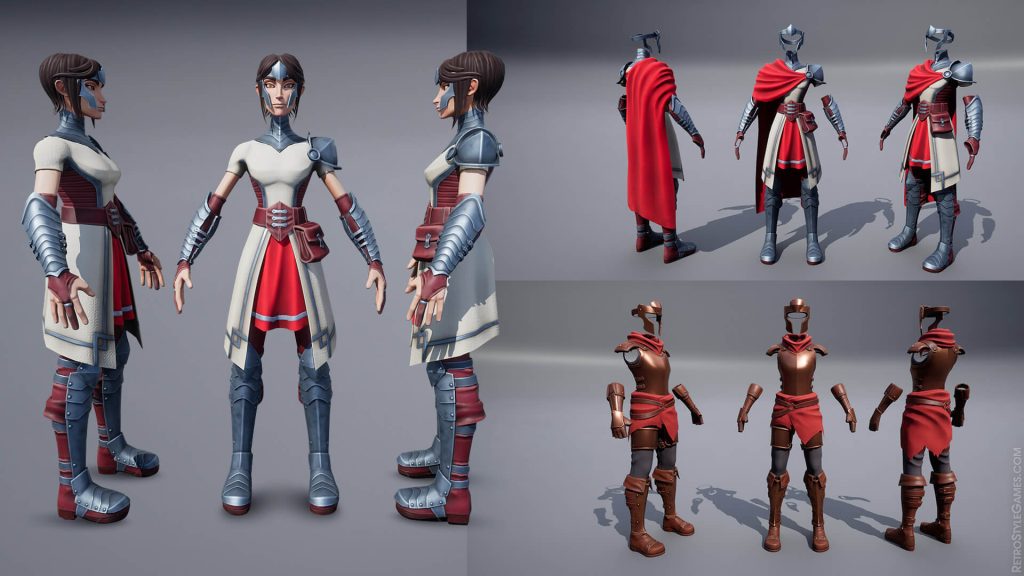
In the ever-evolving world of video games, the aesthetics of character design have become as crucial as gameplay itself. With the rise of personalization and player-driven content, the use of high fashion aesthetics to create premium in-game characters and avatars has become a prominent trend. This fusion of fashion with digital avatar creation not only enhances the gaming experience but also allows players to express their individuality in virtual environments.
The importance of aesthetics in character design
The visual appeal of a character in a game can significantly affect a players engagement and emotional connection. High fashion contributes to this by introducing sophisticated, innovative, and often avant-garde elements to character wardrobes, which can reflect the latest trends in the fashion world. This approach goes beyond traditional costume design, embedding luxury and exclusivity into a character’s identity. For instance, popular games like Final Fantasy and The Sims have incorporated elements from contemporary fashion shows, allowing players to outfit their characters in high-end, designer-inspired attire that mirrors real-world fashion trends.
Moreover, the collaboration between renowned fashion brands and game developers has brought a new level of authenticity and creativity to character customization. Brands like Gucci, Louis Vuitton, and Balenciaga have ventured into the virtual realm, creating exclusive digital clothing and accessories. This not only serves to make the games more appealing but also works as a strategic marketing tool, expanding the brands’ reach to a younger, digitally-savvy audience. An emerging example in this space is Nines Casino, which has explored integrating high fashion into its gaming environment to enhance user experience and engagement.
Customization tools and technology
The technological aspect of implementing high fashion in games hinges on advanced character customization tools. Platforms like VRoid Studio and Adobe’s Substance 3D offer users the ability to design detailed, high-fashion avatars with tools that allow for intricate texturing and fabric simulation. These tools enable the creation of detailed garments that include complex embroidery, unique fabrics, and dynamic accessories that respond realistically to in-game physics.
Emerging technologies such as AI-driven design tools also play a significant role. They help in automating some of the more complex aspects of fashion design, such as pattern making and fitting, which can be adapted to suit different character models in games. Moreover, the integration of AR and VR into character design software offers a more interactive and immersive way for players to engage with fashion elements, testing and modifying outfits in virtual fitting rooms before finalizing their avatar’s look.
The future of fashion in gaming
The intersection of high fashion and gaming is paving the way for a new era of digital expression that extends beyond the confines of traditional media. As the boundaries between the virtual and real world continue to blur, the influence of fashion in gaming is set to grow, with more designers and fashion houses likely to explore this lucrative space. The future may see games becoming a platform not just for entertainment but also for the real-time fashion industry, hosting virtual fashion shows and new collection launches. This integration promises to redefine what it means to be fashionable, both in the virtual world and beyond.
The implementation of high fashion aesthetics into gaming is more than a trend—it’s a growing industry phenomenon that offers exciting possibilities for the future of both fashion and gaming industries. As this space continues to evolve, the demand for more innovative and expressive customization options is likely to increase, further solidifying the role of fashion in enriching the virtual experiences of users around the globe.



